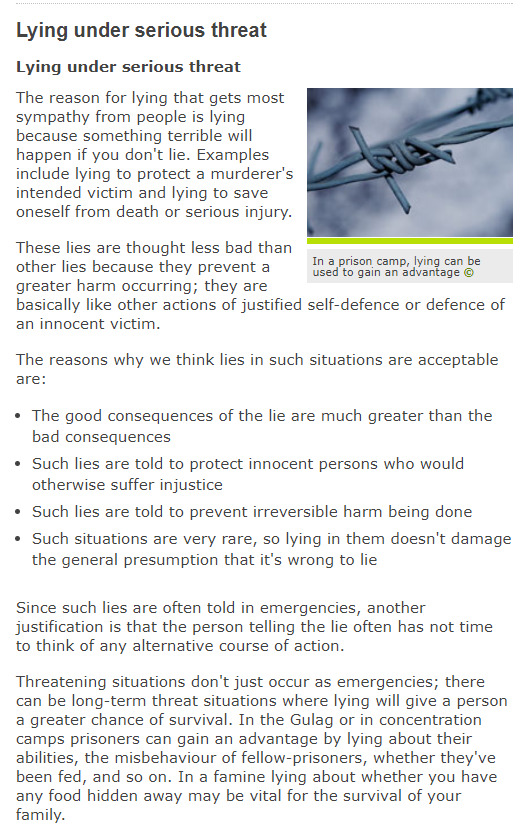Text
22/1/18 - Jan's plan
Tuesday:
Morning:
- Research (propaganda -PR-lying is okay)
Afternoon:
- Finish first and second part documentary
Evening:
Jan: Finish combining documentary
Roxane Party
Wednesday:
Morning:
- Discuss end term jobs (everyone)
- Define IDPA final
- New name? - specify more
- Video for presentation (overview + stock footage compiling) (concept)
- Documentary discuss and alter.
Afternoon:
- Layouting IDPA
○ Booklet
○ Infographic
○ Working procedures
- Chocolate myth assignment (based on research) (Scenario rewrite/edit)
Evening:
Jan-Rowing
Roxane dinner w/ friend
Thursday:
Morning:
- Isabelle 13:00-14:00: Bring hard copy of the written content of your film + main question
Afternoon:
- Select work
- Finish booklet proposal
Evening:
Jan-rowing
Friday:
Morning:
XX
Afternoon:
- Mike Show everything: 14:20 - 15:00
0 notes
Link
This is where one of our interviewers talked about. A very interesting piece on how Maneka Ghandi tries to bring change for the better in India.
0 notes
Link
This is the actual rabies act, that is described in our documentary.
0 notes
Photo
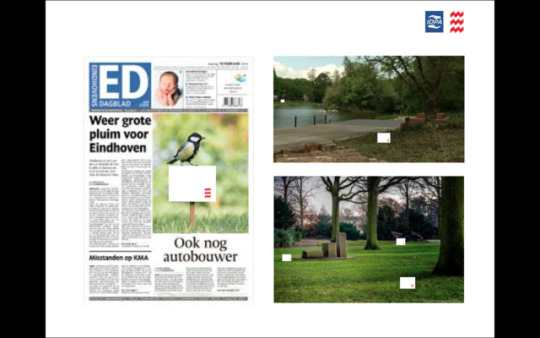
The Scenario:
The myth I imagine should be a sticky myth to an area. Before I was thinking that the myth could be that some rare animals have been discovered to nest in the bushes but actually it could encourage kids to go in the bushes.The myth must target dog owners to put their dog on the leash, so in general i would start a campaign on the spot. Like a small signage telling that dogs are not allowed in the bushes and must go on a leash. But why?
A body has been found Toxic trash has been discovered A monster is hiding in the bushes
There is chocolate hidden in the bushes. It has been discovered that it had been left over since last easter egg hunt. Therefore don’t let your children run off into the bushes, nor your dog. Until it is properly removed. Signed by Gemeente Eindhoven - plastificeert schilder.
The Plan of end term:
Thursday 2 February: exhibition
Booklet of IDPA: In-depth how it works
Flyer
Info graphic of workflow
Video of IDP A: Serious & Funny
Friday 3 February: the presentation
Part 1: the process
Part 2: the presentation of IDPA explained through the myth/scenario: cooperation fair style presentation
0 notes
Photo


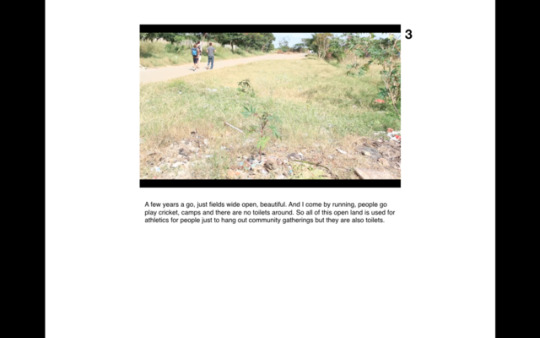
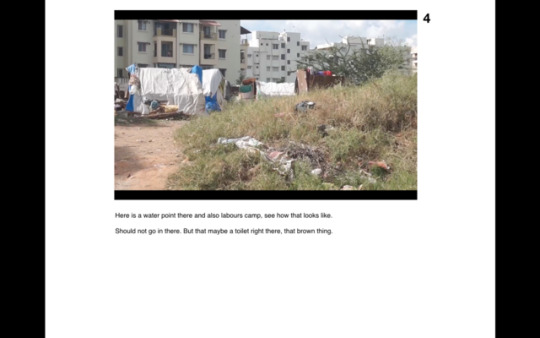

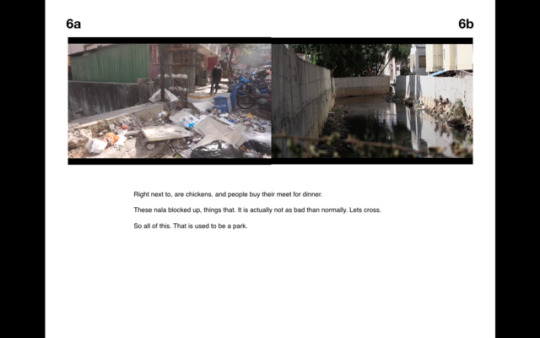

Screenshots from documentary: Re-interviewing Kevin
0 notes
Link
In this early draft, I criticise about considering various ethical elements in the example that was given.
0 notes
Text
Understanding our agency
! Please read before !
Today we are working on creating a better understanding on the agency we create. In the text below, I copied the items we defined in the general working procedure for our agency. The subjects below are linked to official documents we all read and analyse. After critically looking at this information we take this into account in writing a scenario, and the actual rabies myth we want to create.
In order to gain a deeper and better understanding of eventually making ‘fake’ information. We took 3 subjects in which we think are the most important to explain our agency in. Everyone takes a certain subject and will be able to become a specialist in the field.
Roxane - Contact tracing
Manuel - Effective media communication during epidemic outbreaks
Jan-Willem - Ethical consequences public health surveillance
Below you will find the copied text from our one note document. And through this link you will be able to check the already analysed documents:
https://drive.google.com/drive/u/0/folders/1Ri-rZwe2dQ2TzZaUgXMb7aShiwd-lMUp
In the first meeting with the other instances the DDC provides:
- Amount of people that got into contact with the disease. (the DDC traces the potential contacts these people have had, they are an independent organisation.)
Solved: See document contact tracing WHO!
http://www.who.int/features/qa/contact-tracing/en/
http://www.who.int/csr/resources/publications/ebola/contact-tracing/en/
After this meeting the local DDC agency will start working on the information gathered. And will try to generate a plan of approach. Various points will be discussed, that will talk about the gravity of the subjects in relation to the threat.
- History of area and people (till what extend is it important to know about what happened before) What do we know about the local people & area, and possible myths?
Solved: Gain understanding of diseases through experts and instances!
The DDC already knows, due to contacts in historical/health related sectors. Specialists will be contacted, and keep information updated.
For websites see:
See: http://www.rhc-eindhoven.nl/artikel/989/In-de-ban-van-een-mysterieuze-ziekte
Or http://www.geschiedeniseindhoven.nl/artikel/453/De-eenheidsziekte
Or http://www.geschiedeniseindhoven.nl/artikel/968/De-gezondheidscommissie
Or http://www.geschiedeniseindhoven.nl/artikel/980/Het-Eindhovense-infuusdrama
- Ethical elements (till what extent does the DDC need to implement ethical consideration elements that will help in generating fake information?)
Solved: See document ethics In pubic health surveillance!
Massive document on public health surveillance:
http://www.who.int/ethics/publications/public-health-surveillance/en/
"The guidelines are, necessarily, not prescriptive;
rather, they seek to highlight trade-offs
that must be carefully and routinely weighed.
They do not provide concrete definitions,
measures, precise surveillance parameters
or oversight mechanisms that might, on the
surface, appear to make decision-making less
complex." - Guidelines p.24
General observation on the subject. I looked critically at guidelines:
1, 3, 4, 6, 7, 8, 9, 12, 13, 14, 15, 16 & 17
- Communication (till what extend does the DDC need to use full scale implementation of communication mediums) This subject is also based on previous information related to area data! (an additional recent example where this was done right is with the the zika virus)
Solved: See second document linked!
When talking epidemic outbreak, how to communicate (CRP, C3, p. xvi):
http://www.who.int/risk-communication/guidance/download/en/
Effective media communication during epidemic outbreaks (the most interesting one):
http://www.who.int/csr/resources/publications/WHO_CDS_2005_31/en/
COMBI (Risk communication, p.4):
http://www.who.int/ihr/publications/combi_toolkit_outbreaks/en/
- Economical influences (Till what extend is the DDC actually involved in influencing the economical system, and can make transactions/actions) This subject depends per scenario!
Solved: See WHO documents mentioned below!
COMBI (social, economical and behavioral threats, p.5):
http://www.who.int/ihr/publications/combi_toolkit_outbreaks/en/
HELI (WHO & other instance) economical impact strategies:
http://www.who.int/heli/risks/vectors/vectordirectory/en/index2.html
Based on the information gathered and the questions mentioned, a general approach will be created.
From here the DDC will try to implement it's expertise and starts creating 'fake' information through the use of various mediums.
(Dus na het uitschrijven van bovengenoemde kunnen wij 'fake informatie' creeren'. Deze informatie is voor nu vooral gebaseerd op informatie die al beschikbaar is, echter word dit door de DDC anders toegepast).
More WHO references can be found in the COMBI document on page. 108
0 notes
Text
This weeks plan
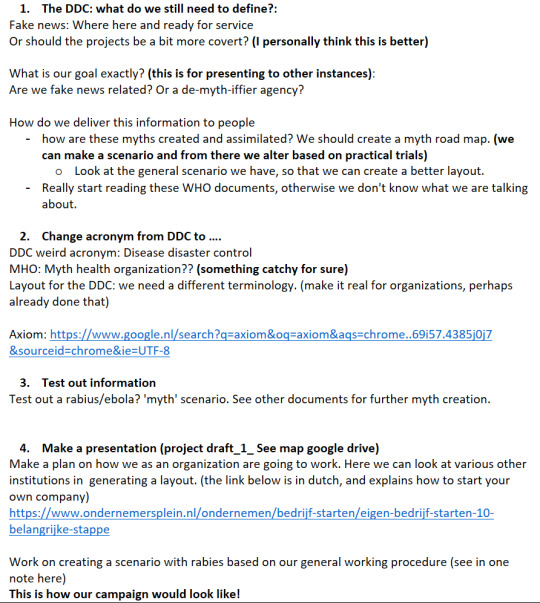
Right now we are working on generating a better understanding on the agency we have. A scenario is based, together with a first test on our rabius myth.
0 notes
Link
Starting our own company
0 notes
Text
DDC scenario
We developed an example scenario. Here we roughly explain what and how the DDC would presumably work.
Ebola has been spreading through an unknown source somewhere in the Netherlands near Eindhoven. Ebola is a known disease of humans, the symptoms are known.
Multiple patients that have Ebola were directly quarantined in hospital areas.
Local authorities took direct action on the problem at hand but need additional help.
Institutions like the WHO and the European Union are being contacted and send teams to get a better understanding of the problem at hand and try to find the initial point of the disease outbreak.
The DDC gets the task to during the time of extensive research, warn people about the dangerous disease, through their special practice.
The DDC is specialized in creating understanding about the outbreak and the responses people have. In order to prevent mass panic and rumors from spreading they take the task upon them to limit negative communication about the recent threat in Eindhoven. Based on the seriousness of the threat the DDC is able to act quickly with local workers at hand but will be able to send additional help when needed.
○ The DDC is known to have a 'standard' approach in trying to work.
The steps go according:
1. Observing - generate understanding
2. Decide plan of approach - how to play the game
3. Implementation of plan - Active monitoring of information
4. Threat indication - project continuation
// 1 Observing - generate understanding
One of the first steps the DDC takes is to work together with other instances and gain information about the disease, scenario and other possible sources of information with other institutions.
The DDC is already informed by its own local experts on information about the epicentre of the disease and various news instances. But is in need of other details in order to start working.
During this meeting various items will be discussed that are relevant for the DDC:
- Information exchange about the area of operation (what do other instances know? Can we help each other?)
- The disease and various characteristics
- The role every organization will try to fulfil in order to optimally fight the disease outbreak.
- Amount of people got into contact with the disease. (the DDC traces the potential contacts these people have had.)
- Contact agreement based on new information institutions discover.
//2 Decide plan of approach - how to play the game
After this meeting, the local DDC agency will start working on the information gathered. And will try to generate a plan of approach. Various points will be discussed, that will talk about the gravity of the subjects in relation to the threat.
- History of the area and people (to what extent is it important to know what happened before) What do we know about the local people & area, and possible myths?
- Ethical elements (to what extent does the DDC need to implement ethical consideration elements that will help in generating myths) (Are there already stories spreading?)
- Communication (to what extent does the DDC needs to use full-scale implementation of communication mediums) This subject is also based on previous information related to area data!
- Economical influences (To what extent is the DDC actually involved in influencing the economic system, and can make transactions/actions) This subject depends per scenario!
Based on the information gathered and the questions mentioned, a general approach will be created.
From here the DDC will try to implement it's expertise and starts creating 'fake' information through the use of various mediums.
//3 Implementation of plan - Active monitoring of information
Through the implementation of myths and 'fake' information. The DDC will have to continuously monitor its surroundings in order to try to maintain it's level of operation. This is mainly because of the broad and uncontrollable level of information being spread through its various mediums.
In order to maintain it's level of information gain, the DDC heavily depends on online - and street monitoring of conversations, combined with the help from other institutions that are based on hands-on information like the MSF, WHO and local authorities. This is done through active usage of small teams, which consist of agents, local experts and information experts.
They are known to operate in important area's (which the DDC presumes can be hazardous for negative information spreading). Or can be active in online monitoring of activity through open platforms like Facebook, forums, etc..
From there the DDC is able to try and work on its main task, which is myth creation combined with myth assimilation. The level of spreading and severity of these myths/'fake' information will be based on the plan of approach the DDC has.
This step is known to be the main working field of the DDC and will be actively maintained depending on the seriousness of the threat, this will continue until the disease is not deemed 'dangerous' anymore.
//4 Threat indication - project continuation
During the project, the DDC will together with other institutions like MSF, WHO and local governments continuously gauge the disease threat until deemed not harmful anymore. This is being measured through the amount of practical 'interventions' certain institutions take in relation to the size of the disease.
The DDC will, once the disease is deemed 'not dangerous', stop working on spreading myths and 'fake' information.
However, continue to map the amount of information they spread during the active period of the disease. This has to be done in order to see the effect various myths have on it's surrounding and the effect it will have during the time when the DDC is not monitoring the area. Based on this the DDC will try to take the information discussed during the second meeting into account and try to restore/or leave the area to its original state of information flow with rumors, etc..
During this time the amount of information about certain myths will continue to exist, where the DDC will be able to decide if this can still be counted as valid.
0 notes
Text
Project proposal: DDC
DDC - infectious disease prevention agency.
An independent service agency (business to business) that gets hired by for example the GGD and/or local governments.
What we notice (Ideology):
Various responses to fight infectious diseases are slow and do not provide enough coverage to the actual threat presented. The tasks we take upon us is essentially creating 'fake information' in order to prevent and react to potential harmful 'infectious' diseases. We're In-between reactive and proactive, in order to not make matters worse.
What we do:
Myth creation and myth dissemination
How we do that:
Different medias like TV, newspaper, word-of-mouth
Continuous resonance
The DDC operates in:
Local areas
The concept of the agency can be applied to more areas, where experts in local culture and local media operate.
And gets assignments from:
Health organizations
Local governments (GGD or official governments)
Other instances like MSF, WHO
The DDC knows:
Ethical parts
Historical parts (related to historical elements, solutions, etc.)
Data application solutions (Placebo for example)
Economical parts
So all the knowledge is provided through specialists., and can also be acquired through the instances that give the assignment.
• How we do what we do:
While making a myth we take our known reacquired knowledge in the account.
Information we get from other instances
Depends on the context
Target group
Location
0 notes
Photo

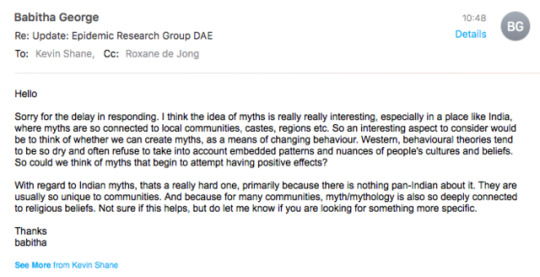
E-mailed Kevin & Babitha: Update on our research and telling them our outcome of research is to create a service using myths to change peoples behaviour. Asked them if they knew something on myths.
0 notes
